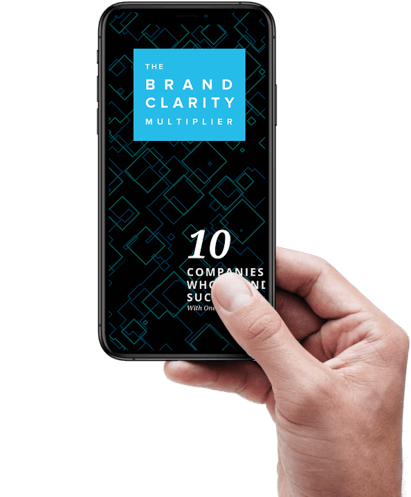4 Steps To Get The Attention of Your Audience
We’re well into the 21st century, and there is one thing that’s a certainty: noise. The competition for our attention is fierce, especially online.

With almost 2 billion websites in existence, how can you get noticed by your distracted customers?
Read ahead and discover 4 steps to get the attention of your audience.
1. Know Your People
It’s critical that you know your target audience. With all the data and statistics available, it’s not enough to have a vague idea of your customer. Instead, do the work necessary to create a persona (or two!) of your ideal customer.
Wondering how to do that? We like these suggestions by Kristen Baker for HubSpot:
- Review any current data and analytics
- Look to previous successes among your audience
- Create buyer personas
- Conduct surveys
- Keep an eye on your competitors
- Monitor audience feedback, comments, and engagements
- Experiment with content and updates to your products and services
Ask questions like: What’s the motivator of my audience? Do they make decisions based on research? Social needs?
In the end, you should be able to develop a representation of your ideal customer and begin to grasp their language, which will be critical for getting their attention.
Communicate with your customers in a new way with live streaming. Learn more at 5 Myths You’ve Heard About Live Streaming.
2. Identify What Your People Are Looking For
How can you determine what your customers want?
In the Forbes article “5 Ways to Position Your Business For Growth In 2020,” contributor Elaine Pofeldt recommends doing plenty of homework and experimenting to determine what your customer archetype is looking for.
In this journey, the focus is discovering your customers' pain points. What is their struggle? What problems are they encountering that are blocking their goals? The pain points of your audience might include financial, process, productivity, support, etc. Identify and create a detailed customer archetype to help you understand the problems faced.
Once you can connect your audience’s pain points to your value proposition, they’ll start seeing you as the solution to their problem. The challenge is how to connect those dots, and that’s why our next step emphasizes communication.
3. Make Your Value Proposition Clear
When you can put your finger on the pulse of your audiences’ pain points and then offer your asset as the solution, you’ll experience success.
The key ingredient? Communication.
As addressed in Forbes,
“Clarity will help your marketing message get your prospects’ attention in a very noisy and distracting environment…”
One way to rise to the challenge is discussed on the Brand Insight Blog, which suggests developing a brand book to ensure continuity and consistency.
In addition to a brand book, make sure your team is also concisely articulating your value. Clarity consultant Steve Woodruff, heard on the MarketingProfs podcast, addresses the missing layer of communication within an organization. He contends that every employee should be able to comfortably articulate exactly what the company stands for, as well as the company’s audience, offerings, and main message.
“The vast majority of companies do not have a good, clear, simple way of articulating themselves." Create a verbal business card, a 15-second explanation of what you do: It often comes down to the first moment of truth, when somebody asks you in a networking meeting, 'Hey, what do you do?'”
After all, as he says:
"You can't read the label of the jar you're in."
Find common language that will clearly connect your customers’ needs with your assets.
Get found online with 6 Expert Ways To Be Found.
4. Bring Clarity To Your Online Game
Now that you’ve done the work of communicating your mission and message, don’t forget to apply the same principles to your website by properly “labeling” and articulating your unique value.
With your website name, are you showcasing your value and remaining true to your branding? Your website URL is the one piece of copy that people consistently associate with your organization. Is your website name unique and memorable? Don’t overlook your digital welcome mat.
Chris Stokel-Walker from Wired stated:
“Forget dot com...tailor-made domain name endings are on the rise.”
You can tailor-make your URL on the .BIBLE top-level domain. When you choose .BIBLE, you’re joining more than 1,500 other sites that have found their digital home in the not-com neighborhood.
Organizations around the globe have experienced brand clarity as well as search engine optimization on the .BIBLE top-level domain. Learn more when you download the free resource at get.bible/clarity.

